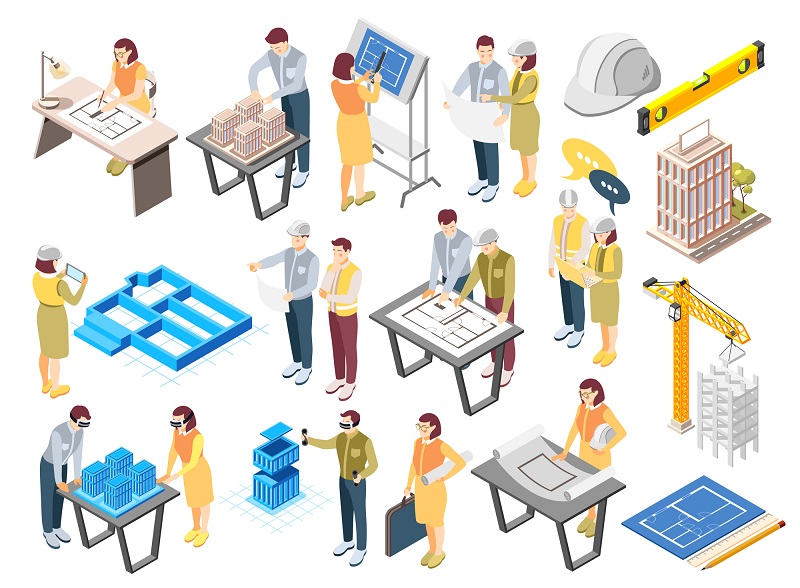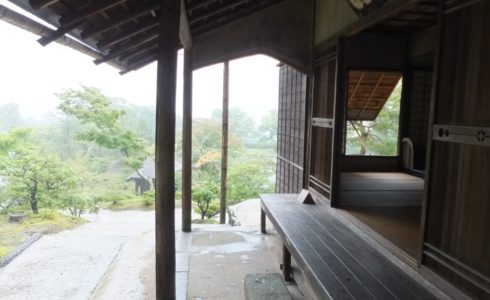
リフォーム工事での品質管理に関する経験談
【2020年1月の記事アーカイブ】
筆者は数年前から、ご縁をいただいて、英語を話すサークルに参加しています。
(とはいえ、学生時代以来、真剣に勉強してこなかったために、いまだに英語を話せないままなのですが。)
このサークルのおかげで、時々、英語でプレゼンテーションをする機会をいただきます。
折角、聴衆となって下さる方の時間を頂く機会なので、自分の仕事での体験を、
ごく簡単な英語でお話しすることにしました。
下記はそのようなスピーチを行った際の原稿です。
テーマは、建築リフォーム工事での品質管理に関する経験談です。
よろしければ、ぜひお読みください。
Nice to meet you!
I am an architect who is specialized in planning, construction and renovation of apartment buildings.
I have worked for 350 buildings for 23 years. Now I have my own business.
Currently I am working on renovation of old buildings in Tokyo and its suburbs.
Today I am going to talk about how to learn from mistakes and make a success, through my own experiences in the context of construction works.
I once worked for a real estate company.
The company was developing their real estate trading business, extending their scope to repairing and improving old buildings.
In the company, my jobs included repairing and improving old buildings and placing their official orders.
Through experiences there, I learned that many troubles were caused by defective products, or ‘’shoddy construction works’’ of the contractors.
From now on I am going to talk about one of the worst problematic cases I have experienced.
The problem I had to face was that a heavy mirror cabinet fell down in a newly renovated apartment room.
The incident happened only one year after the renovation construction was completed.
It was me who planned to put the mirror cabinet on the wall in the bathroom.
I was also responsible both for the official order of renovation related materials and work and for final work inspection.
One day, I placed an official order of the renovation.
Six weeks later, I received the official report that the construction was completed.
Only one year after, however, suddenly the bathroom mirror cabinet fell from wall!
I learned it because our customer contacted us to report the accident.
Fortunately, nobody got hurt. But it could lead to a serious result, especially because the customer had small children and a baby.
I looked into what caused the trouble, and found that the contractor who installed the mirror cabinet did a ‘’shoddy construction work.”
This is how the accident occurred: From the beginning, the contractor did not assign any person as a supervisor at a construction site.
And a carpenter started installing the mirror cabinet.
The carpenter fixed small wooden board on the wall, and fixed plaster boards around the wooden board.
He did not know about the size of the mirror cabinet, since the contractor did not tell him about it.
Then, another man did the work of putting up wall paper.
After that, a third man attached the mirror cabinet to the wall.
The cabinet was very big and heavy.
The cabinet was attached to the plaster board with screws.
Generally speaking, wood board is strong enough to bear the weight, but the plaster board is not.
All construction workers should know it.
But no one checked the cabinet size and the wooden board size.
The heavy mirror did not get attached to the strong wooden board part.
The cabinet became attached to the weak plaster board, and ended up falling down.
It was a really shocking trouble to me.
This is one of worst cases I have ever seen.
But through many experiences, I learned that many construction troubles come from ‘’shoddy construction works’’, or human failures.
But if we can learn from these troubles, we can have better results in the future.
Having experienced many incidents, now I have lists of troubles.
Those troubles and cases are categorized into patterns and easy to understand.
The lists show that some mistakes occur at a field survey, planning or designing stage, before starting construction.
Other mistakes happen at an actual construction stage.
We can make useful checklists out of past troubles and mistakes.
We can use the lists to avoid similar mistakes in the future and can develop a productive way to have a successful result, realizing client’s satisfaction and making profits.
The more experiences get accumulated, the better work can be done.
Experiences, including both positive and negative ones, now helps me to estimate an realistic budget and to organize a capable and trustworthy team to pursue a project.
With such realistic budget and capable team, construction projects should become a great success.






